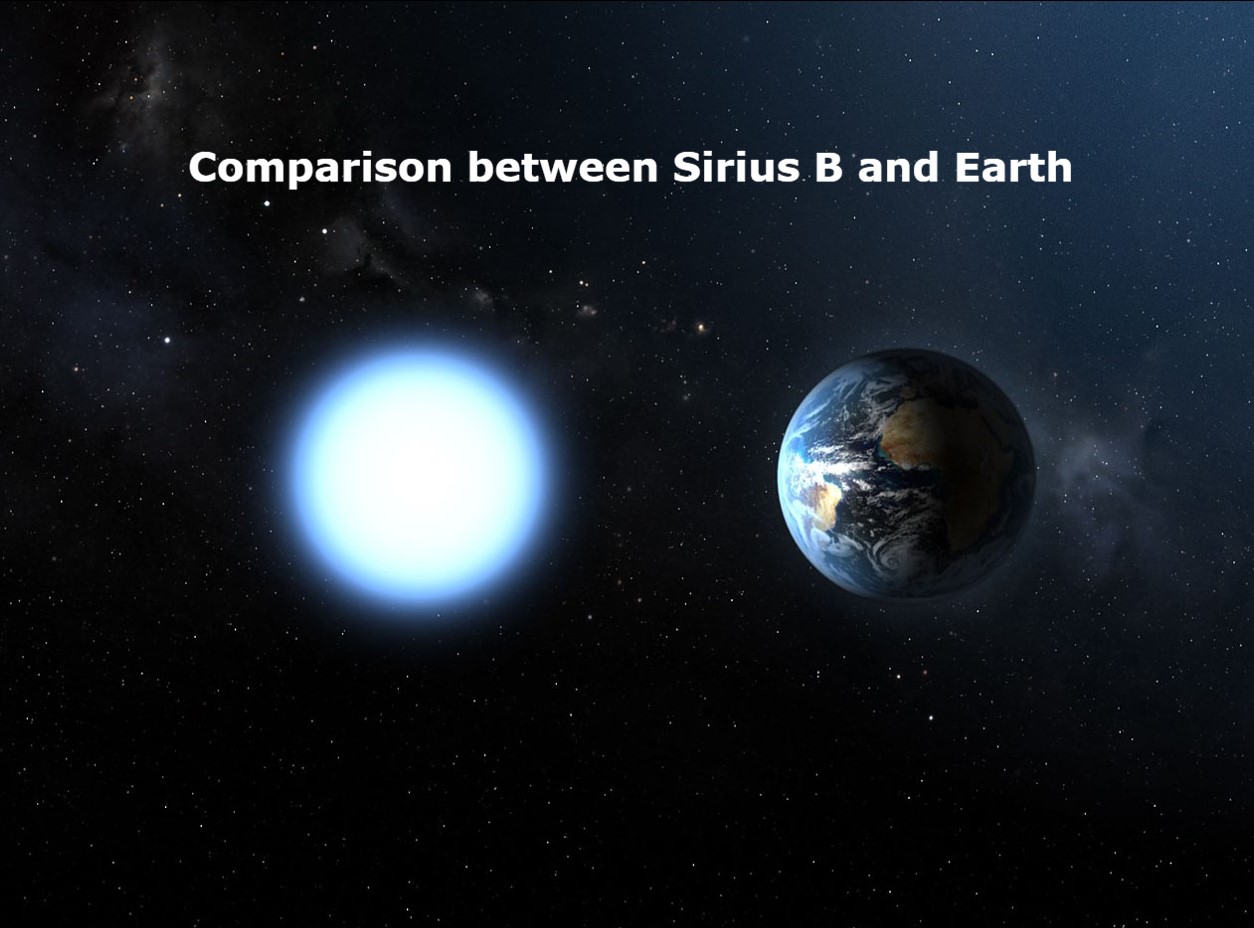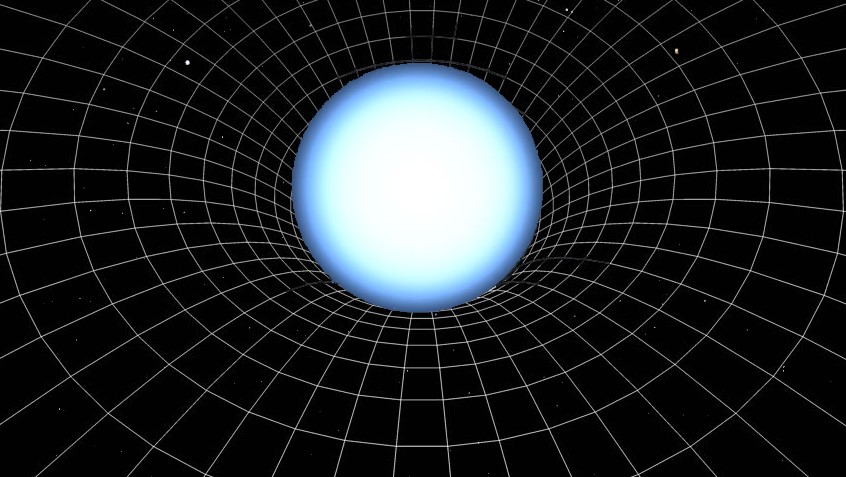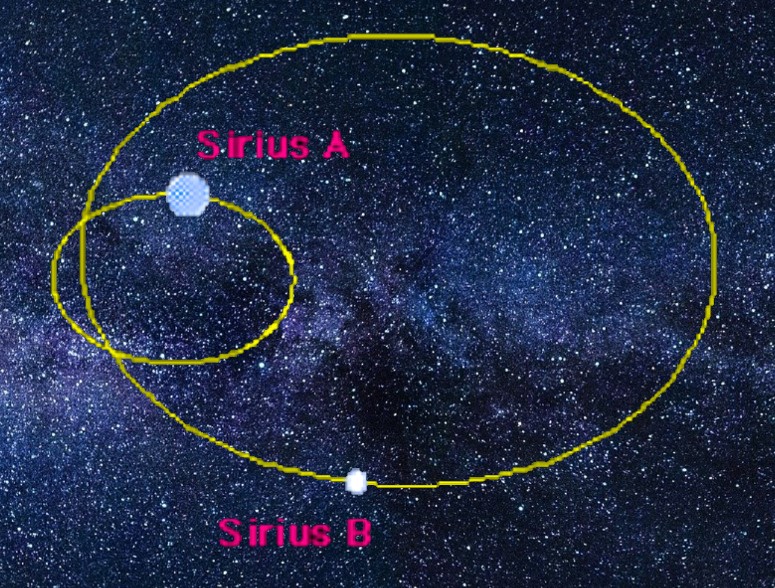

Sirius B
What is Sirius B?
Sirius B, located in the Canis Majoris constellation, is a white dwarf that orbits another star named Sirius A. It was first observed in 1862 by Alvan Graham Clark. Among the well-known white dwarfs, including Procyon B and 40 Eridani B, Sirius B is recognized as one of the most massive.
What is special about this star?
Sirius B stands out as one of the most massive white dwarfs ever discovered. With a mass of 1.00 ± 0.01 M☉, it is nearly twice as large as the average white dwarf, which typically has a mass of 0.5-0.7 M☉. This massive white dwarf occupies approximately the volume of the Earth with its significant mass.
Morphology

Age
Sirius B is estimated to have an age of about 225-250 million years, which corresponds to its white dwarf cooling age.
Anatomy
Sirius B has a Mean Density of 2.38 x 10⁶ grams/cm³ and a Central Density of 32.36 x 10⁶ grams/cm³. With a mass of 1.00 ± 0.01 M☉, Sirius B has already passed through its red giant phase around 124 million Earth years ago, when it was approximately half its current age. During this phase, it is likely that the star's metallicity was enriched. In the coming two million Earth years, as the remaining heat is radiated into space, Sirius B will continue to cool down.
Geomorphology
Sirius B has a radius of approximately 0.0084 ± 0.00025 R⨀ (equivalent to about 5,840 km or 3,628.808 miles), covering an area of approximately 1,714,334,438.5003529 km² (equivalent to approximately 661,908,227.16863811016 square miles).
Location
Located at a distance of approximately 2.6314 parsecs (equivalent to about 8.553 light years or 8.120x10¹³ km) from Earth, Sirius B orbits around Sirius A at a varying distance, which ranges from approximately 8.1 to 31.5 astronomical units (AU).
Luminosity
Sirius B's luminosity is approximately 0.056 times that of the Sun's luminosity (0.056 L☉).
Physico-chemical properties
The primary component of Sirius B is carbon-oxygen, which was formed through helium fusion in its progenitor star. However, the outer atmosphere of Sirius B now consists mainly of almost pure hydrogen, the lightest element known.
Temperature
Sirius B's actual surface temperature is approximately 25,193 ± 37 Kelvin, which is equivalent to about 24,919.85 ± 37 degrees Celsius or about 44,887.73 ± 66.6 degrees Fahrenheit.
Force fields

Gravitational force
Sirius B has a surface gravity of approximately 8.556 (log of Surface Gravity in cgs units).
Magnetic field
Currently, the magnetic field of Sirius B remains unknown, and further research is required to determine its properties.
Motions

Orbit
The exact orbital period of Sirius B around the galaxy is currently not known with precision. However, we do know that Sirius A and Sirius B are part of a binary system, orbiting around each other. The orbital period of this binary pair is approximately 50.075 ± 0.103 years.
Rotation
As of now, we do not have precise information about the rotational speed of Sirius B or the time it takes to complete a full rotation.
Systems

Solar system
The Sirius system is a binary star system consisting of only two stars, Sirius A and Sirius B. There are no planets or other celestial objects in this solar system.
Types and Classification
Classification
Sirius B is a fascinating white dwarf, which is a remnant of a once larger star that has reached the final stages of its stellar evolution. It is now in a stable phase after undergoing several processes during its life cycle. As a white dwarf, it no longer undergoes nuclear fusion, and its internal energy generation has ceased. However, it still radiates energy, primarily as residual heat from its previous active phases. Over time, this cooling process will continue, and Sirius B will gradually dim and fade, becoming a fainter object in the future.
Type
Sirius B has a spectral type of DA2, which indicates that it is a white dwarf star dominated by hydrogen lines in its spectrum. The "D" stands for a white dwarf, while the "A" indicates that it has a hydrogen-rich atmosphere. The number "2" refers to the specific subtype within the DA classification, with 2 being slightly cooler than DA1 white dwarfs. This spectral information provides valuable insights into the composition and characteristics of Sirius B's atmosphere and helps astronomers in understanding its evolutionary history and current state as a white dwarf star.
Author: William Homier
Editor: William Homier
Sound credit goes to Nano Vibrational Relations.
This page was last edited on 01 August 2023, at 21:47 (HAE).
Sources:

